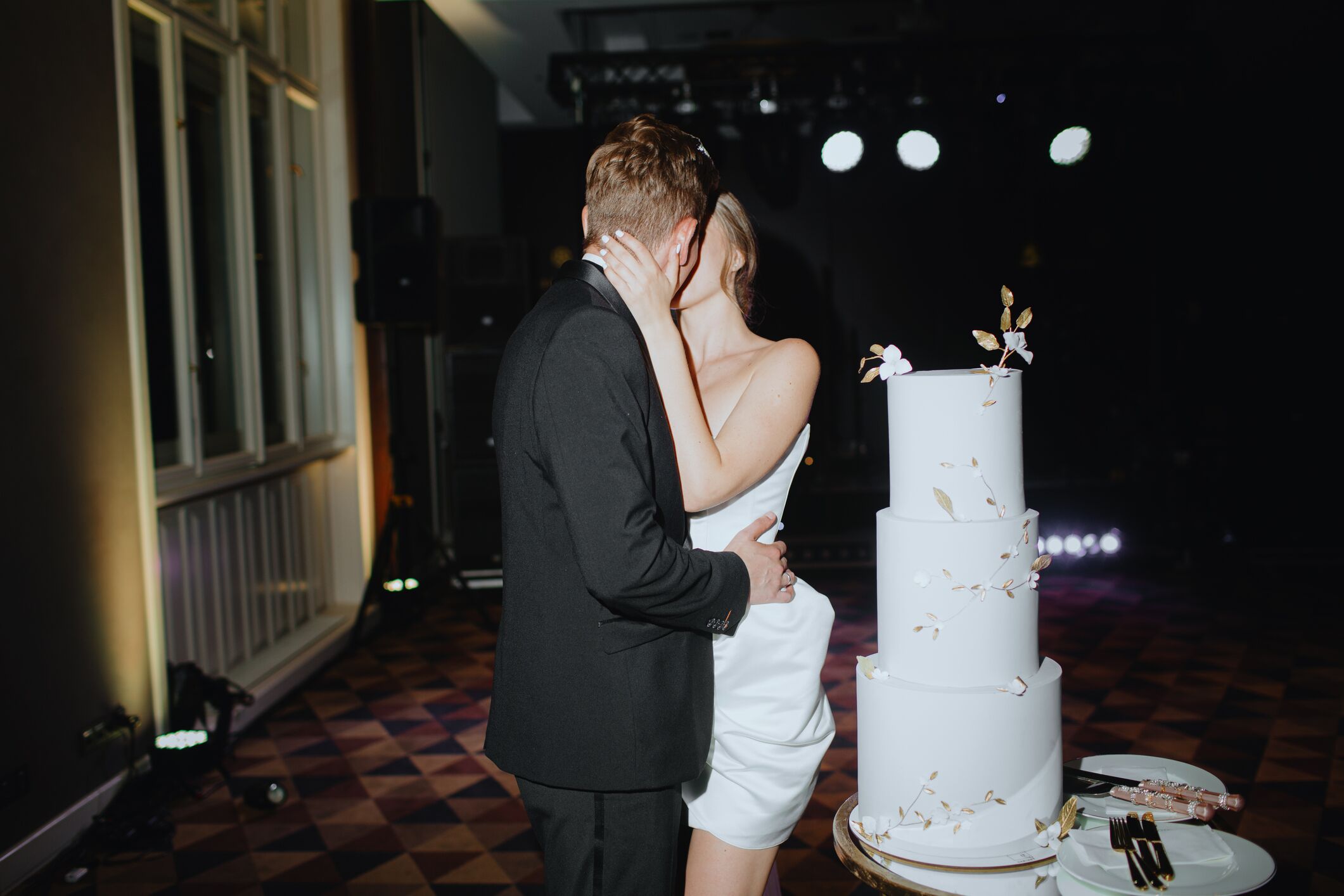The 5 to 1 Ratio: Is It the Key to a Happy Relationship?

Being in a relationship is not always sunshine and rainbows. At one point or another, you're bound to have some negative interactions with your partner but that doesn't mean you can't have a happy, healthy relationship. The key? The 5 to 1 ratio, also known as the ratio of positive to negative interactions in a relationship. Read on to learn more about the magic relationship ratio including what exactly it is and expert tips from licensed marriage and family therapist Elizabeth Earnshaw on how to easily implement it in your relationship.
In this article:
What Is The Magic 5 to 1 Ratio In Relationships?
"The magic ratio tells us that for every one negative feeling or interaction we have with our partner, it's important to make sure there are at least five positive experiences with that person," Earnshaw explains. "In short, it's a reminder to make sure you are having more positive and pleasant experiences with your partner than negative experiences."
For instance, a negative interaction could be lashing out at your partner for forgetting to do something you asked them to do. A positive interaction, on the other hand, could be performing an act of service for your partner that makes them feel appreciated.
The magic relationship ratio, often called the Gottman magic ratio, is based on the 1970s research of John Gottoman, Ph.D, co-founder of The Gottman Institute, and Robert Levenson, Ph.D. "John Gottman is actually a mathematician so he was interested in conducting research on couples that would provide information he could quantify," Earnshaw says. "As they observed couples, they noticed that the happiest couples had more positive interactions with each other than negative. For example, in happy relationships, if someone brings up a complaint that same person is also sure to be positive, in authentic ways, in other ways throughout the day."
How to Practice the 5 to 1 Ratio In Relationships
Now that you're up to speed on what the magic ratio is all about, keep reading for tips on how to actually practice it in your day-to-day life. With these simple tips, you'll stack up those positive interactions with ease and in turn increase relationship satisfaction.
Express Appreciation Every Day
Happy couples show their appreciation for each other often, which is why Earnshaw recommends making this a regular practice. The key, she says, is to be specific about what you appreciate about your partner and why it mattered. For example, rather than saying you appreciate them, mention something specific such as: "I noticed you spent extra time with the kids this afternoon and I really appreciated that. I know it makes them happy and it also gives me more time to rest."
Have Rituals
That said, when life gets busy (which, let's face it, is most of the time), it's easy to forget to express your love and appreciation for your partner. For this reason, Earnshaw recommends having some structure in your relationship to ensure you're working on the positive with each other. Rituals are a great way to bake these moments into your life. "They might be small like a cup of coffee together in the morning or a kiss goodbye, or bigger like a Friday date night or a vacation you take each year," Earnshaw says. "Having daily rituals makes time for the good."
Be Curious About Your Partner
Expressing curiosity in your partner is also a win in the relationship department. "Being interested and curious in your partner always adds extra money to that emotional bank account," Earnshaw says. "Take time each day to ask your partner genuine questions and to show interest in what they are thinking and how they are doing."
Avoid Tracking
Although the 5 to 1 ratio provides a tangible, measurable goal for positive and negative interactions in relationships, Earnshaw doesn't recommend keeping track of the exact number because "for couples in distress, it can become another way to have tit for tat," she says. In other words, don't sit down and tally your negative and positive interactions.
Instead, Earnshaw recommends using the ratio as a reminder to make more of an effort to create positive experiences with your partner. She advises reflecting on your interactions each day. If you recall having more bad interactions, take time to discuss it with your partner and find ways to hit the reset button and bring more good into the relationship.
"When things are difficult in the relationship, it can be an especially good reminder that you will need to do extra work together to have those positive interactions to balance things out," Earnshaw says. So, focus on checking in regularly rather than keeping a tally of positive versus negative interactions. With this strategy in place, you'll ensure you're investing in more of the good in your relationship.























